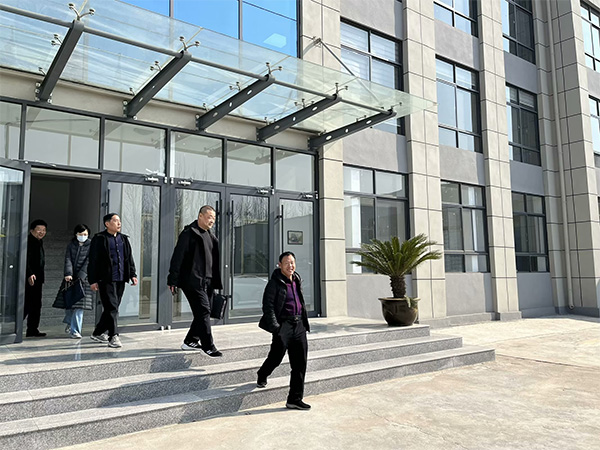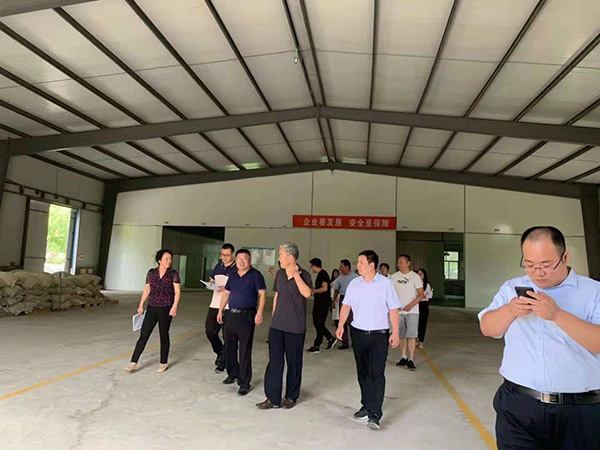Management of lactation cowshed
A lactation cowshed should be a clean, dry, comfortable, and safe place for cows, which helps to reduce the risks of physical trauma and microbial infection to the quality and safety of raw milk.
1. Tethered livestock pen
The design of pathways, ground, pen height, and ditch systems should reduce the risk of cow injuries and be easy to maintain.
2. Free movement animal pen
Ensure that the pathway is wide enough for cattle to walk, transport feed and bedding, and that employees can easily observe the health status of the cattle. At the same time, ensure that there are no blind spots on the path. Ensure that there are small grooves on the ground to prevent cows from slipping and causing injuries to their breasts, hooves, and body.
3. Pregnant cowshed and perinatal cowshed
Its design should take into account the safety, comfort, and cleanliness of cows. At present, it is believed that the best way to reduce the incidence of environmental mastitis is to keep the cowshed dry and clean. Limit the contact of cow manure cleaning equipment with the cowshed, provide sufficient activity and rest space for each cow, and provide good ground conditions for cows to calve.
4. Ventilation
For ordinary livestock houses, warm livestock houses, and adjustable livestock houses, the design of ventilation systems in livestock houses should focus on providing the most comfortable and healthy environment for cows and preventing the production of unpleasant flavors in raw milk. Provide suitable ventilation to ensure sufficient fresh air enters the room, in order to reduce indoor temperature and relative humidity. The temperature of the dairy house should not exceed 25 ℃, and the humidity inside the house should be 80%. At the same time, ensuring proper ventilation in the cowshed can also reduce the amount of unpleasant odors, gases, dust, and pathogenic microorganisms inside the cowshed.
Management of livestock pens and bedding materials
1. Design requirements for dairy pen areas
The design of the livestock pen should keep it clean, dry, and easy to discharge, ensuring that cows do not touch the partition when lying down; The design of the area diameter should ensure that it can accommodate cows to move forward and sideways. When cows stand, sufficient space for movement is required; Ensure a suitable slope on the ground (recommended minimum of 2-3%) for easy drainage, and use elastic padding. The design of roadside height should balance the collection of cow manure and minimize breast damage, generally between 20-750px, to keep cow manure, residual waste, and water outside the livestock pen. Clean the livestock pens at least twice a day.
2. Material requirements for livestock pen padding
Absorbable, comfortable, and unable to promote bacterial growth. Two options: ① Organic (such as sawdust, shavings, wheat straw, and soil); ② Inorganic materials (such as sand, gravel, river sand, and limestone powder) are best stored and processed together with cow manure.
Management of cow manure storage and processing
In order to prevent the spread of diseases and maintain the health of cows, cow manure must be removed from the cowshed and feeding facilities on time, and it must be stored for a period of time before being used as land fertilizer. Therefore, strengthening the management of cow manure, preventing cows from coming into contact with cow manure, reducing the presence of bad odors and flying insects, and preventing their pollution of drinking water are the key to improving the comprehensive management efficiency of cattle farms.
1. Ensure that the storage area for cow manure is sufficiently large
The cow manure storage facility should be large enough to store cow manure, bedding, waste feed, and all liquids, as well as sediment before use as fertilizer. A larger volume of cow manure storage tank has sufficient storage space, allowing cow manure to be stored until the time of fertilizing crops. The storage time of cow manure varies in different regions, and each region should develop a plan based on its own actual situation.
2. Observe the interval distance
When planning to build a new cow manure storage facility, all structures, building locations, reconstruction areas, adjacent buildings, and wind directions of the ranch should be taken into account to ensure appropriate spacing between cow shed buildings, as well as the distance between cow manure and animal houses, water sources, production lines, nearest residential areas, and highways.
3. Cattle manure treatment
The construction of cow manure storage facilities should be carried out correctly to prevent the leakage of cow manure, which can contaminate the ground and groundwater. Cow manure storage personnel should have a plan in place to deal with accidental cow manure leaks.
Restrict cows from accessing manure storage areas to reduce the risk of disease transmission. The microorganisms present in cow manure can cause many diseases, such as E. coli, which is a common bacterium in cow bedding and manure. If cow nipples come into contact with cow manure, E. coli can spread, leading to mastitis and other diseases, as well as contaminating raw milk. Cows whose cowhide is contaminated with cow manure can also increase the risk of E. coli transmission when slaughtered in a slaughterhouse.
-
 Director Wang Ping and other leaders from the Animal Husbandry Bureau came to our company for safety guidance
Director Wang Ping and other leaders from the Animal Husbandry Bureau came to our company for safety guidance -
 Weier Biotechnology has a 16 year brand guarantee and was accepted with sincerity in 2019
Weier Biotechnology has a 16 year brand guarantee and was accepted with sincerity in 2019 -
The R&D center of Shandong Weier Biotechnology Co., Ltd. has developed its own proprietary intellectual property products - the shell red pigment series products.
-
Uterine inflammation in sows refers to the inflammation of the uterus caused by infection during and after childbirth. The causes include: difficult delivery, inability to place the placenta, uterine prolapse
Website Registration Number:鲁ICP备2024111636号-1
Address:Heishibu Village, Fangcun Town, Daiyue District, Tai'an City, Shandong Province, China







